|
|
Post by v9733xa on Aug 17, 2018 17:10:04 GMT -5
Let's get stupid again. 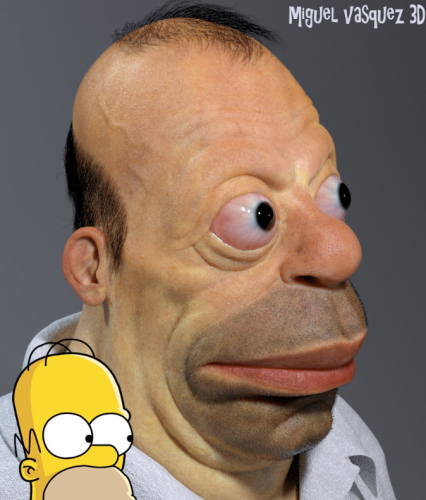 |
|
|
|
Post by v9733xa on Aug 30, 2018 17:36:54 GMT -5
It's time for some goddamn sinkholes. 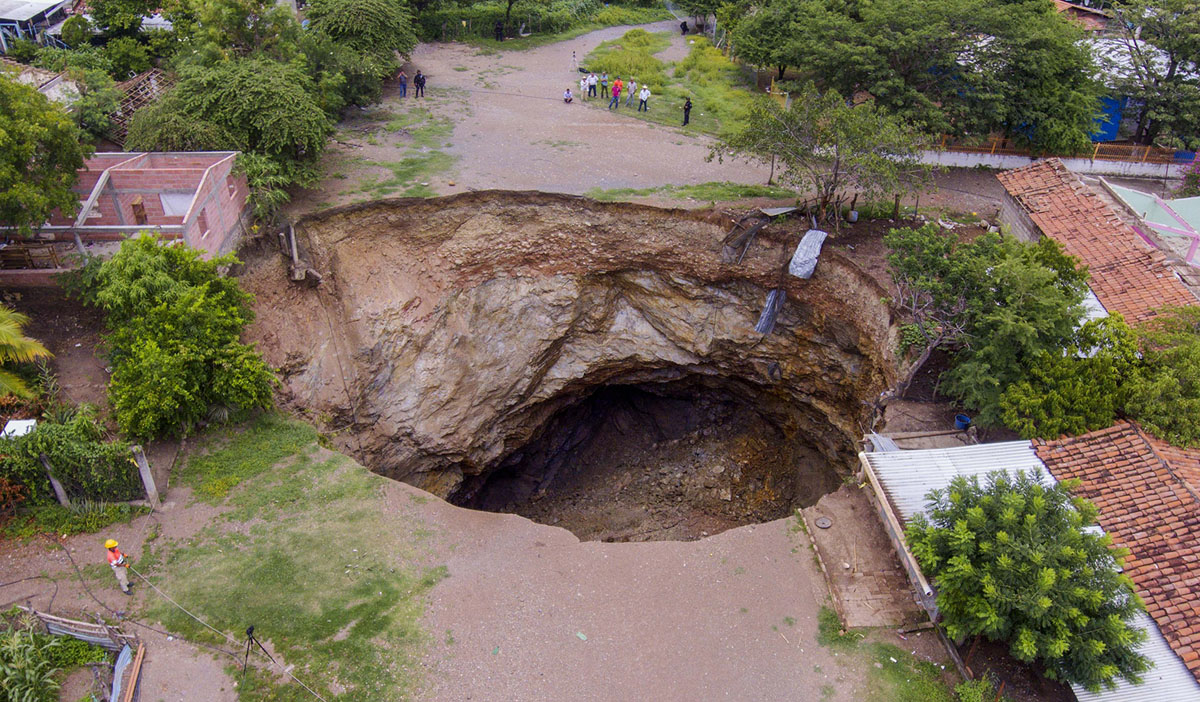 A sinkhole that first appeared in July after the collapse of the surface layer and grew larger as days went by, photographed in the village of Pinzon de Morado, in Guerrero state, Mexico, on August 26, 2018. The state government reported that work done in a mine that operated in the area 10 years ago caused the hole. Francisco Robles / AFP / Getty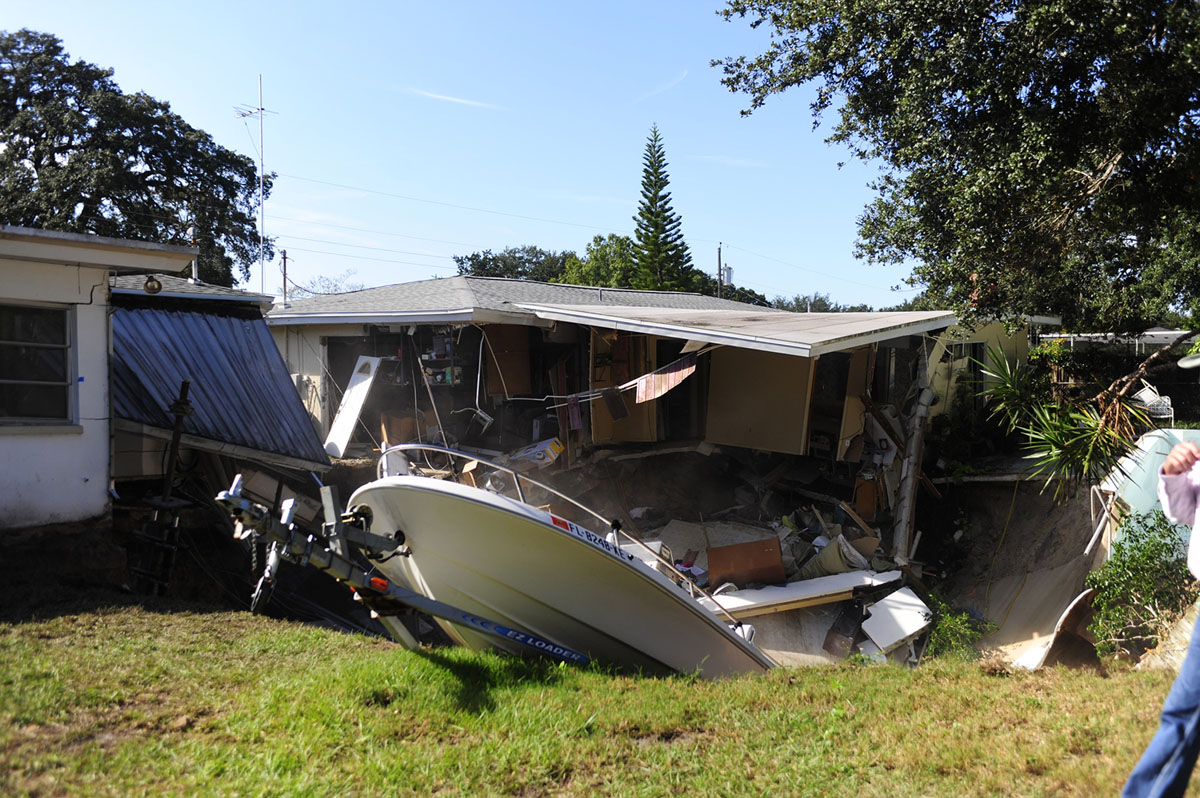 The rear portion of a residential home is consumed by a sinkhole in Dunedin, Florida, on November 14, 2013. According to reports, the hole began to form between two houses the morning of November 14, and grew to about 30 feet wide by 30 feet deep. Luke Johnson / Getty A massive sinkhole caused by the rains of Tropical Storm Agatha is seen in Guatemala City on May 31, 2010. Casa Presidencial / Reuters A vanished pond in Bosnia. People gather around a huge sinkhole in the village of Sanica, Bosnia, on November 21, 2013. Only weeks before, the spot was a pond full of fish and floating green algae, lined with old willow and plum trees, and a grass field where cattle used to peacefully graze. The pond was some 20 meters in diameter. Now the "abyss," as the villagers named the sinkhole, is some 50 meters wide and 30 meters deep. Amel Emric / AP A man examines a 40-foot-deep sinkhole that opened up under the bed of a pensioner in Guatemala City on July 19, 2011. Inocenta del Rosal Hernandez, 65, awoke to a loud boom and found the earth under her bed had imploded, creating a circular hole. Jorge Lopez / Reuters Rescuers work at the scene of a landslide in Saint-Jude, Quebec, as shown from the air on May 11, 2010. A family of four was killed after a sinkhole triggered by the landslide swallowed their house northeast of Montreal. Graham Hughes / The Canadian Press / AP A huge sinkhole opened beneath an intersection near Hakata Station, in Fukuoka, Japan, on November 8, 2016. Kyodo / Reuters A giant sinkhole that swallowed several homes is photographed in Guatemala City on February 23, 2007. Reuters A house on Barry Road, near the Martha Gold Mine company offices, collapsed into a huge hole measuring 50 meters wide by 15 meters deep in the small town of Waihi, on the North Island of New Zealand, on December 13, 2001. A family of five, including three young children, escaped serious injury despite their home crashing into a chasm created by an old mine shaft collapsing in the middle of the night. Dean Purcell / AP One of many sinkholes in Israel's abandoned tourist resort of Ein Gedi, on the shore of the Dead Sea, photographed on July 11, 2016. Experts have warned that the Dead Sea, the lowest and saltiest body of water in the world, is on course to dry out by 2050, with the emergence of sinkholes forcing the closure of roads and beaches, as well as damaging agriculture. Menahem Kahana / AFP / Getty People look at a partially collapsed complex of buildings over a sinkhole at Summer Bay Resort near Disney World on August 12, 2013, in Clermont, Florida. Gerardo Mora / Getty |
|
|
|
Post by v9733xa on Sept 19, 2018 17:50:31 GMT -5
|
|
|
|
Post by v9733xa on Oct 10, 2018 17:47:12 GMT -5
This dumbass picture made me laugh so hard. I'm an idiot.  |
|
|
|
Post by v9733xa on Oct 31, 2018 18:52:40 GMT -5
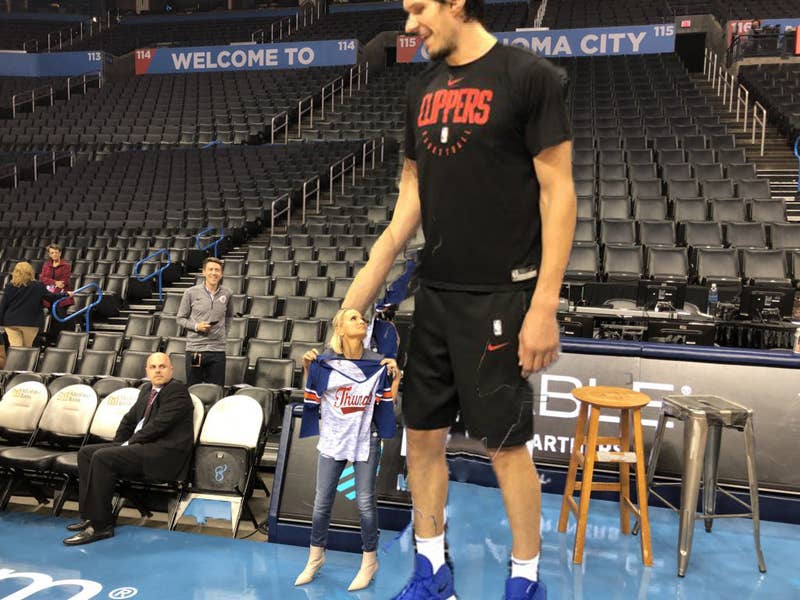 Really for real pic not at all distorted one bit nope not at all. (okay a little) |
|
|
|
Post by stringypoo on Oct 31, 2018 20:34:39 GMT -5
Holy shit, v9733xa, those sinkhole pictures were fucking amazing and scary. Especially that one in Guatemala City in 2010 (the third picture) was an amazing site. |
|
|
|
Post by emptysoul on Nov 1, 2018 14:52:14 GMT -5
|
|
|
|
Post by HarlemMetal on Nov 1, 2018 21:14:13 GMT -5
Yo I laughed too hard at this. |
|
|
|
Post by v9733xa on Nov 15, 2018 18:36:43 GMT -5
|
|
|
|
Post by emptysoul on Nov 24, 2018 14:34:58 GMT -5
|
|
|
|
Post by v9733xa on Nov 29, 2018 19:50:15 GMT -5
|
|
|
|
Post by v9733xa on Dec 12, 2018 18:37:45 GMT -5
"National Geographic magazine has announced the winning entries in its annual photo competition. The grand-prize winner this year is Jassen Todorov, who will take home a $5,000 prize for his aerial image of thousands of recalled Volkswagen and Audi cars in the Mojave Desert." Here we go! 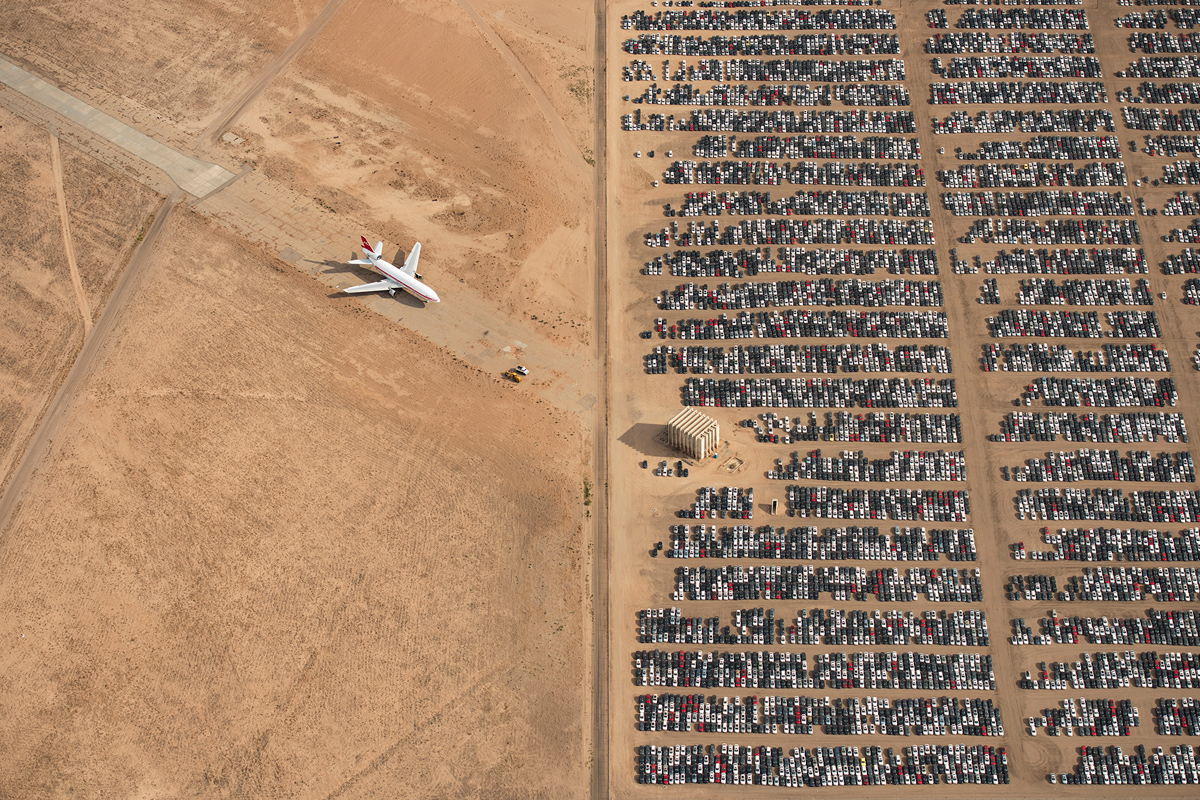 Grand Prize Winner: Thousands of Volkswagen and Audi cars sit idle in the middle of California’s Mojave Desert. Models manufactured from 2009 to 2015 were designed to cheat emissions tests mandated by the U.S. Environmental Protection Agency. Following the scandal, Volkswagen recalled millions of cars. By capturing scenes like this one, I hope we will all become more conscious of and more caring toward our beautiful planet. © Jassen Todorov  3rd Place, Wildlife: As the late-night hours ticked by and my eyelids grew heavy, two southern white rhinoceroses appeared silently from the shadows to drink from a watering hole in South Africa’s Zimanga Game Reserve. On alert, they stood back-to-back, observing their surroundings before lowering their heads. I felt privileged to share this moment with these endangered animals. While I was well prepared technically, with my camera set correctly on a tripod, I underestimated the emotional impact the magnificent beasts would have on me. I had photographed them months earlier, and now both rhinos sported a new look: They had been dehorned to deter poachers. I had heard about this development but had not yet seen them. I was full of emotion—and horror—that poaching had such a devastating effect. It must have been a hard decision to dehorn their rhinos, and I am grateful for the reserve’s efforts. © Alison Langevad  Honorable Mention, Places: Japan’s Blue Pond in Biei-cho, Hokkaido, has become famous for attracting tourists from around the world. It is surrounded by beautiful mountains and trees. This pond, frozen during winter, was artificially made to prevent river contamination from the nearby active volcano, Mount Tokachi. The accumulated pond water contains high levels of minerals, such as those containing aluminum. The alluring view of the blue pond can take one’s breath away. To make this image, I made the exposure longer to capture the way the snow was falling. At the same time, I lit up the strobe for a moment to capture the snowflakes that are reflecting in the foreground. I took as many photos as I could and chose the one I thought had the best balance of the falling snow and the unfocused snowflakes. I wanted to express how time is created in just one moment and, by tying together these moments, history is made. © Rucca Y Ito  2nd Place, People: On a family holiday driving from Sydney to Uluru, we stopped at a roadside motel in the small rural township of Nyngan, on the edge of Australia’s outback. The area is in the wheat belt, and it was unusually hot for that time of year—more than 100 degrees Fahrenheit and very dusty. Our daughter, Genie, is seen here enjoying a refreshing bath in a rubber ducky perched on the sink. © Todd Kennedy 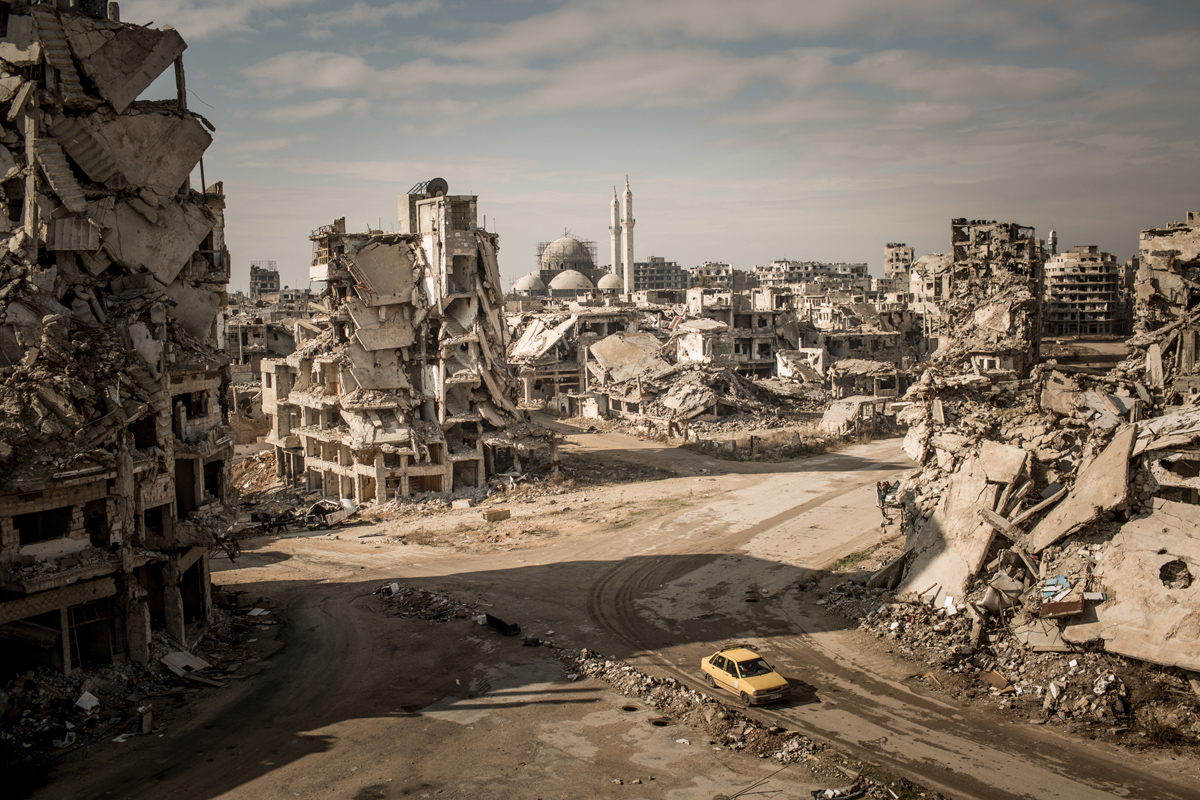 3rd Place, Places: While on assignment for Der Spiegel, we made a road trip through Syria to document the current situation in major cities. When I first entered the Khalidiya district in Homs, I was shocked. I hadn’t seen such large-scale destruction before, and I had been to many destroyed cities. The area around the Khalidiya district was extremely quiet. No city sounds, cars—nothing. Only the chirping of swallows and the wind. We walked down the streets of Khalidiya, but the destruction was so widespread that you couldn’t get the big picture from the street—you could only manage it with a view from above. To make this image, I asked a Syrian soldier in charge of the area if I could climb onto a ruin. The soldier agreed, allowing me to climb at my own risk. I climbed up the ruins of a former house—which was full of improvised explosive devices—and took the picture. I was very lucky to take the picture when I was on the rooftop. Without any sign of life, it would have been a dead picture. I can recall the memory vividly. © Christian Werner  1st Place, People: I was looking to do a series of portraits showing people wearing their Sunday best when I made this photo of David Muyochokera. It was taken on his last Sunday working as a photographer at Weekend Studio, in Kibera—a large shantytown in Nairobi, Kenya. My friend Peter, a local, had pointed me to the photo studio just as I was about to leave the area. It was a stunning space, with whimsical backdrops and natural light coming through the doorway. David had worked there for 37 years, but Weekend Studio was about to close permanently. Phone cameras were so common now, he said, and fewer people wanted studio portraits. David planned to retire and return home to the countryside. I was troubled by the studio’s imminent closure, so I eventually took over the rent. A portrait of David now hangs at Weekend Studio in his memory. © Mia Collis  2nd Place, Wildlife: A few miles from Qaanaaq (Thule), Greenland, I was on a hike in search of musk oxen when I came upon a group of them. This ox was running on a hillside in deep snow, which exploded underneath them—an amazing sight. The photo came together in a few seconds. I was lucky enough to be at the right spot to observe them frolicking, and then I had the incredible experience of watching them closely for about an hour. I love photographing musk oxen against the wintry landscape: They’re extremely tough Arctic survivors. This photo shows their beauty and their power—and the snow they deal with for about eight months of the year. © Jonas Beyer  3rd Place, People: A Hindu devotee kisses his newborn baby during the Charak Puja festival in West Bengal, India. Traditional practice calls for the devotee to be pierced with a hook and sometimes swung from a rope. This painful sacrifice is done to save their children from anxiety. While covering the festival, I was able to view the religious practice from the perspective of Hindu devotees. I tried to capture the moment of love and bonding between a father and his child—and show a father’s concern for his little son. © Avishek Das  2nd Place, Places: A rusting Ford Thunderbird is blanketed by red dust from a supercell thunderstorm in Ralls, Texas. The dry, plowed fields of the Texas Panhandle made easy prey for the storm, which had winds of more than 90 miles an hour ripping up the topsoil and depositing it farther south. I was forecasting and positioning a team of videographers and photographers on a storm chase in Tornado Alley—this was our last day of a very successful chase, having witnessed 16 tornadoes over 10 days. The target area for a storm initiation was just south of Amarillo, Texas. Once the storm became a supercell, it moved southbound, with outflow winds that were easily strong enough to tear up the topsoil and send it into the air. © Nicholas Moir 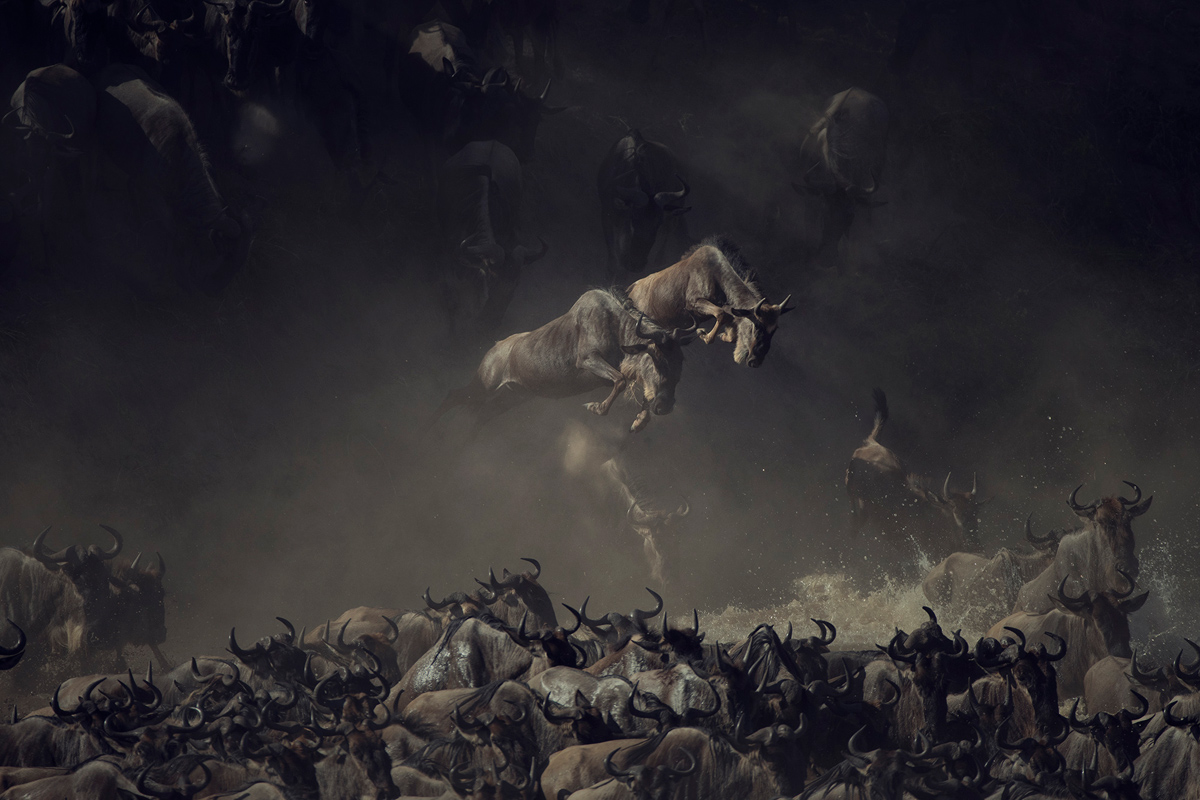 1st Place, Wildlife: It was early morning when I saw the wildebeests crossing Tanzania’s Mara River. The layering of dust, shade, and sun over the chaos of wildebeests kicking up water gives this picture a sense of mystique and allure. It’s almost like an old painting—I’m still compelled to search the detail of the image to absorb the unreal scene. © Pim Volkers |
|
|
|
Post by v9733xa on Dec 20, 2018 22:31:41 GMT -5
Who wants some chocolate?  |
|
|
|
Post by Zeke on Dec 21, 2018 2:14:05 GMT -5
Who wants some chocolate?  All my Santa chocolates were like this haha |
|
|
|
Post by v9733xa on Jan 1, 2019 13:05:13 GMT -5
Happy new year.  |
|